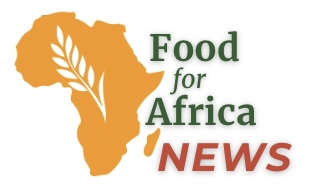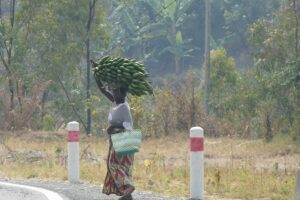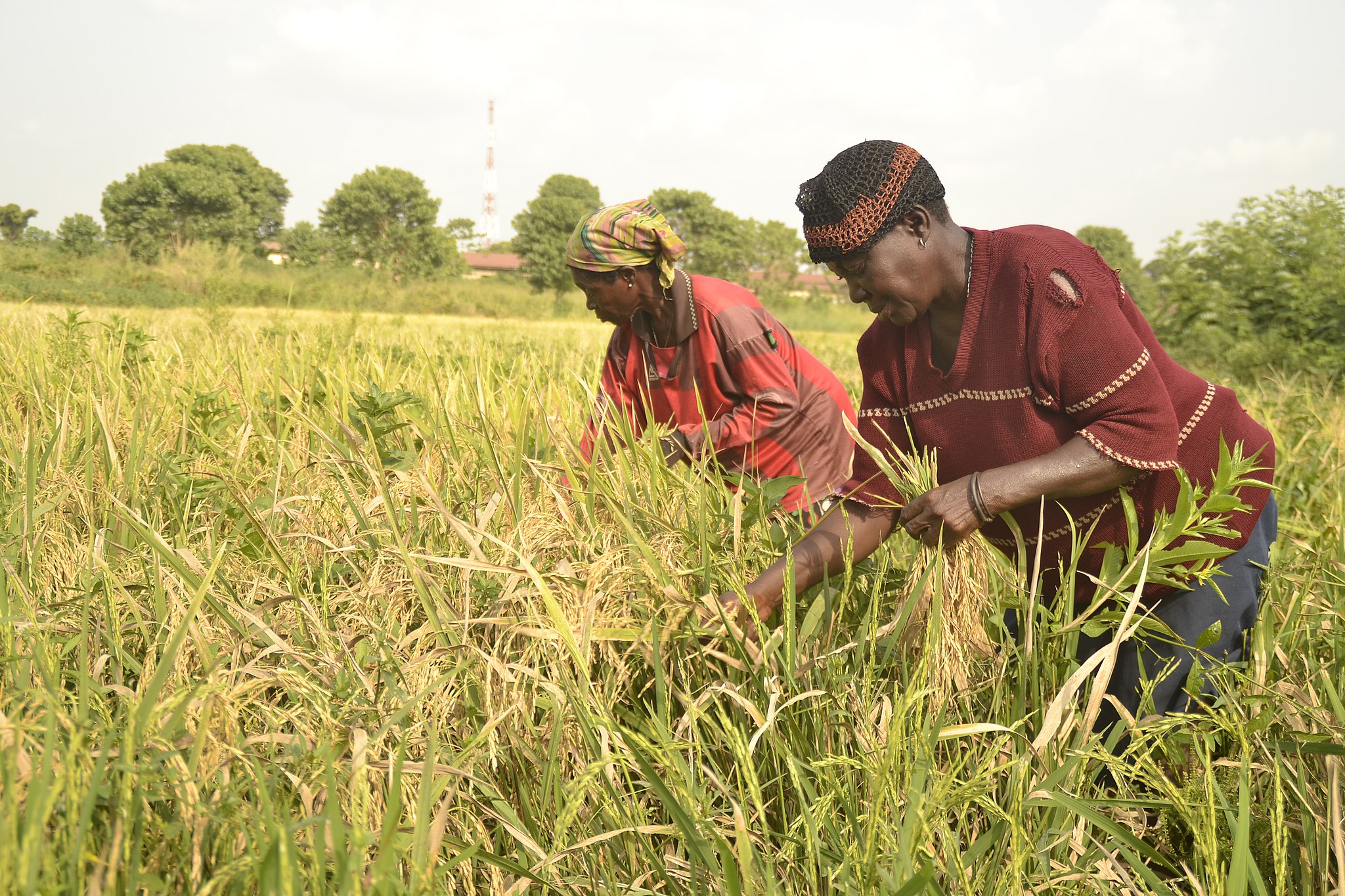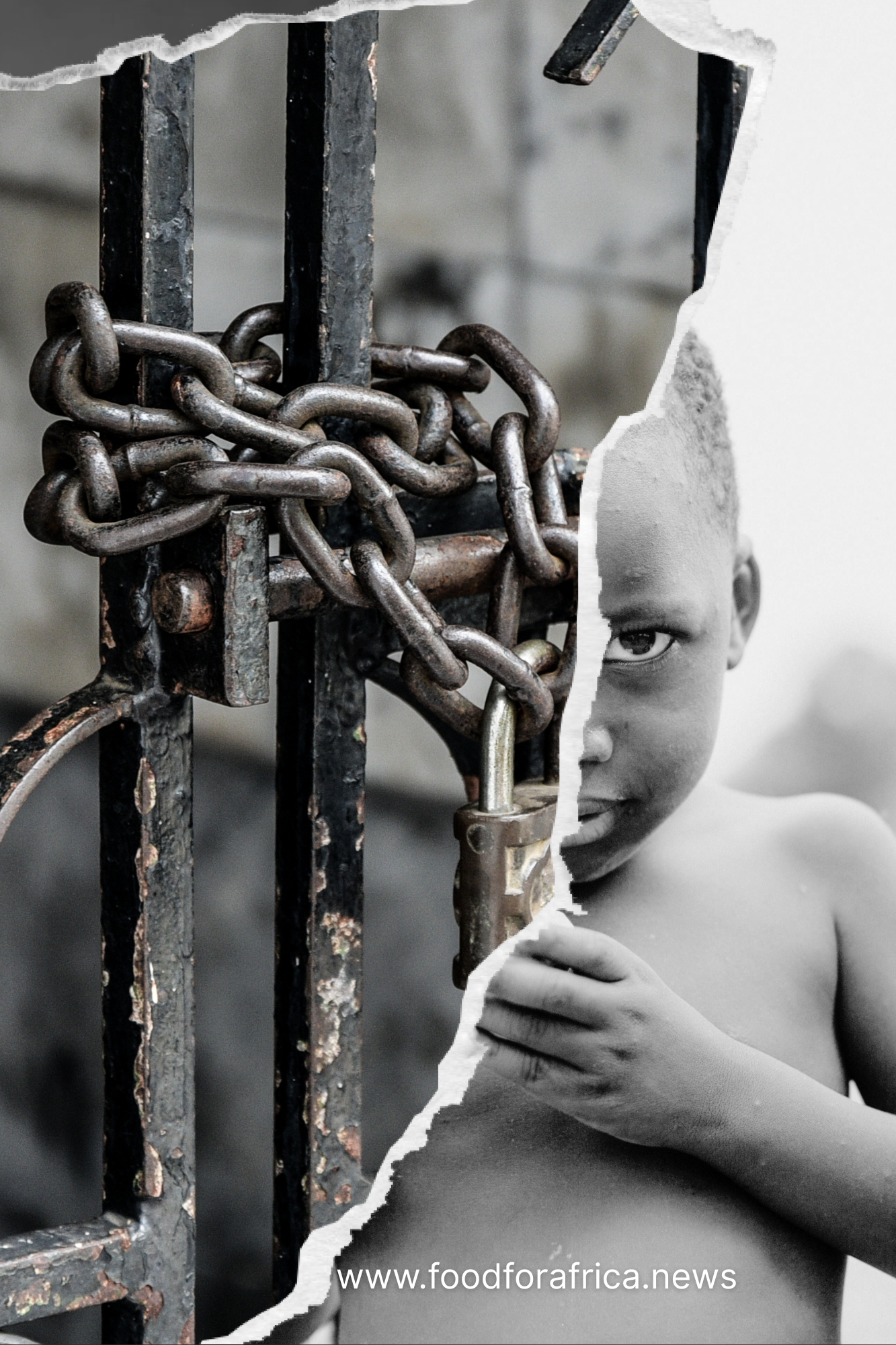LAGOS, Nigeria — Nigeria grows more food than almost any other country in Africa, but poor logistics after harvest mean millions still go hungry.
The country is the world’s top producer of cassava, yams, and sorghum. Yet up to 50 percent of harvests are lost every year, according to the Food and Agriculture Organization (FAO) and reporting from June 2025 (Guardian Nigeria).

The scale is staggering: those losses amount to more than ₦3.5 trillion (about US$3.8 billion) annually in spoiled fruits, vegetables, grains, and tubers (BusinessDay Nigeria).
That wasted food could feed millions. Instead, families are left with crops rotting in fields or spoiling without a buyer or a way to preserve them. “It’s not a lack of food grown. It’s a failure to move it safely from the farm,” one farmer told local media.
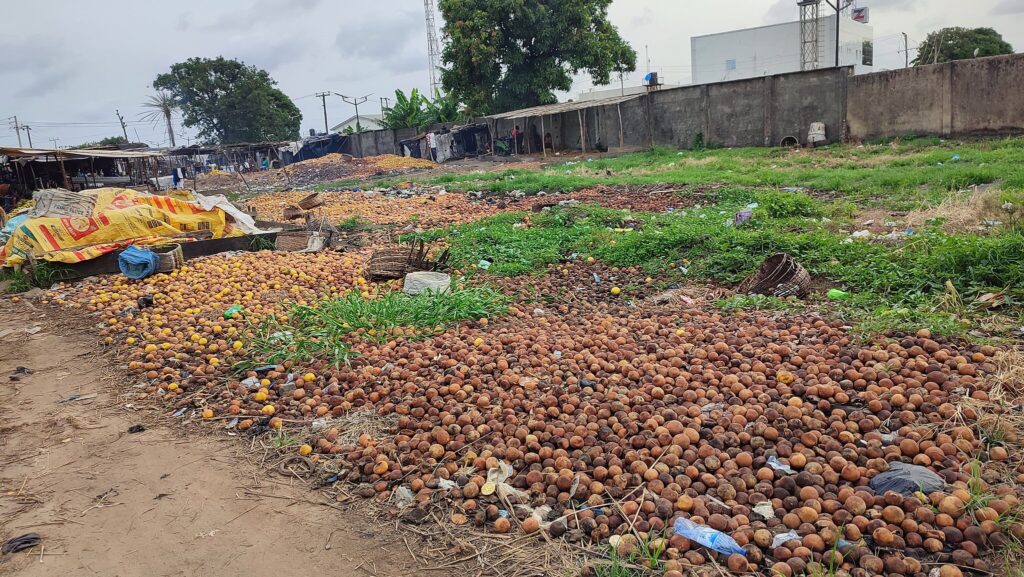
Cold Chain Breakdowns
The main driver is infrastructure. Nigeria’s cold chain, which is the network of refrigerated storage and transport, meets just 5 percent of national demand, leaving farmers without reliable ways to store or move produce (Guardian Nigeria).
Industry leaders warn that unless the cold chain is expanded, waste will continue to rise. Pilot projects are already testing solar-powered cold storage units in rural markets, offering farmers a way to keep produce fresh even when electricity supply is unreliable (BusinessDay Nigeria).
A Push for Processing Zones
The African Development Bank (AfDB) has committed US$2.2 billion to establish agro-processing zones across 28 Nigerian states, designed to move processing closer to farms, cut spoilage during transport, and strengthen local value chains (Reuters).
The first phase is underway in five states, with more than US$500 million already pledged. If successful, the program could ease pressure on Nigeria’s import bill, which hit US$4.7 billion in 2024 for food products alone (Reuters).
Why It Matters
Nigeria’s post-harvest losses are a hidden crisis. Food rots in fields, trucks wait on broken roads, and markets lose out. At the same time, 31 million Nigerians face acute food insecurity, particularly in conflict-affected and rural regions (AP News).
Analysts say the choice is urgent: invest in logistics or watch the cycle continue. Cold storage expansion and local processing zones may be the difference between fields of waste and food on the table.
Sources
- Guardian Nigeria – Pushing accelerated cold chain as an antidote to post-harvest losses
https://guardian.ng/features/agro-care/pushing-accelerated-cold-chain-as-an-antidote-to-post-harvest-losses/ - BusinessDay Nigeria – How solar-powered cold storage can reduce Nigeria’s ₦3.5trn post-harvest loss
https://businessday.ng/agriculture/article/how-solar-powered-cold-storage-can-reduce-nigerias-n3-5trn-post-harvest-loss/ - Reuters – African Development Bank seeks $2.2 billion to support Nigeria’s agriculture (April 2025)
https://www.reuters.com/world/africa/african-development-bank-seeks-22-billion-support-nigerias-agriculture-2025-04-08/ - AP News – Conflict, climate shocks drive hunger in West and Central Africa (May 2025)
https://apnews.com/article/99c18973805fe354ddd6aad6b4493541
